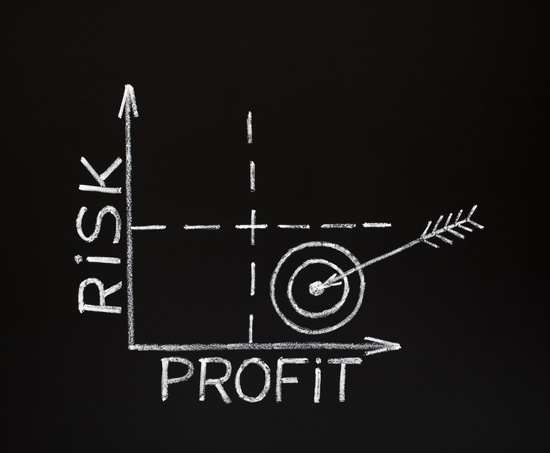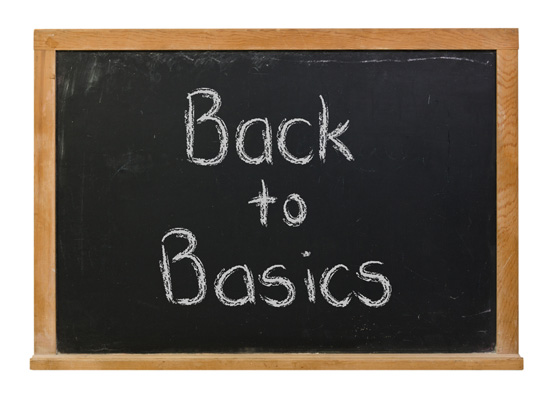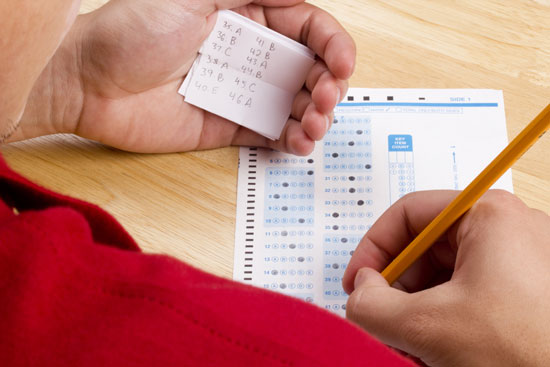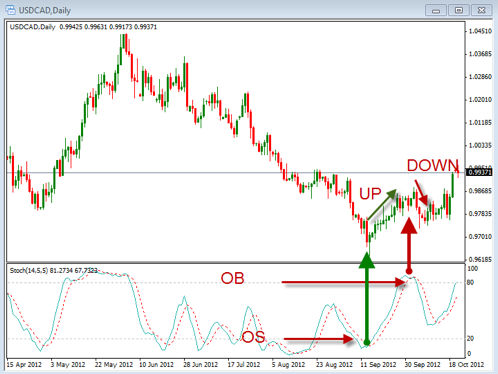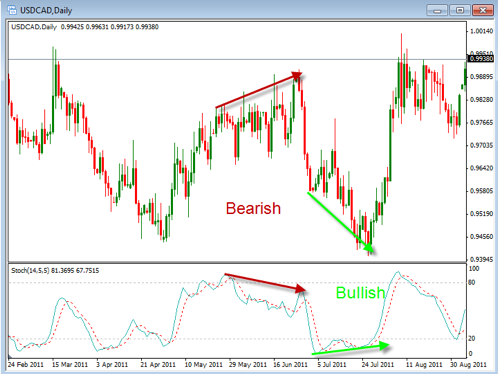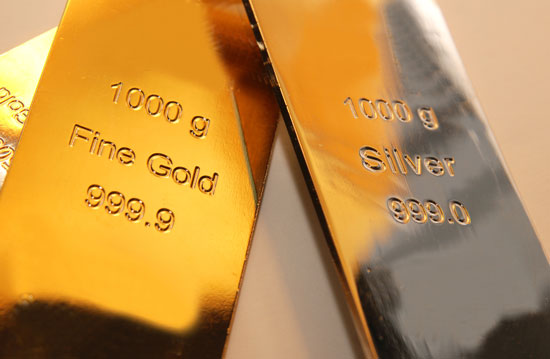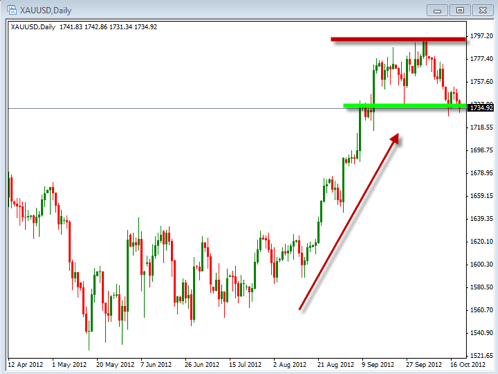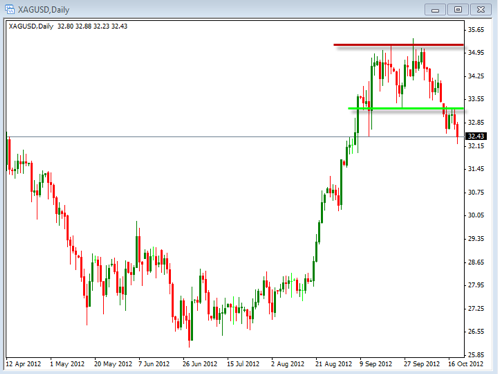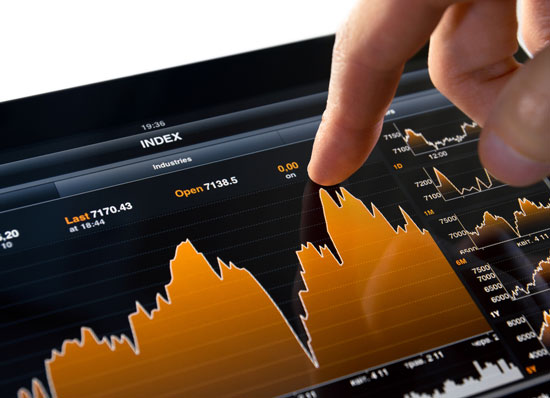Today, I would like to continue with the second part of the Three R’s of “Real” Trading Success. To review, the first “R” is finding a trading routine that is both productive and practical. This needs to be a routine that you can implement and maintain over the long term . Every trader is a little different and has a different set of circumstances than another, so it is important to be very practical in setting up a routine that works for you.
The second “R” of “REAL” success is to develop a system with RULES that are well defined. A successful system will have well defined set-up rules, entry rules, and trade management rules and exit rules. In other words your system should be clear enough to identify setups and easy enough to execute. Before you ever place a trade, you should clearly be able to identify, clarify and justify your trade with clear entry and exit rules. No matter what instruments you trade, be it stocks, options, futures or forex, or whether you are a longer term position trader, a swing trader or a short term scalper, without clear executable rules to follow you find it very difficult to find long term success.
The rules should be easy to describe and repeatable, so that you can back test the results on past data. Now this will not guarantee the same success into the future, but back testing over a period of time will allow you to become more confident in how the system works in a variety of different market conditions. For example, how the system works if the market is trending higher, trending lower, or the market is range bound and is moving sideways. The more we can test the system, the more confident we will become and the more we can rely on certain outcomes.
From a trading psychology standpoint, if we have clear rules that we can follow and test and become more confident in, we will be able to be more patient when in a trade to give it enough time allowing the trade to develop to a profit target or we will be able to recognize when a trade has failed and therefore be will be easier to cut our losses and move on to a more profitable trade. In other words we become significantly less fearful about our trading in general and hopefully we can become much more successful as a trader instead of the “fly by the seat” type of trader, who maybe have some successful trades, but may not be clear as to “WHY” a trade worked out; was it the system, or was it just “dumb luck?”
So the bottom line is to have clear Rules and then to follow those Rules so that we can identify trades, test our trades and execute our trades with the confidence to know how and when we are going to exit each trade.
Along with following a specific Trading Routine, the next important thing is to have specific trading rules for trade entry and trade exit, so that we can understand how our trades and making money and how we can repeat that success.
Traders Challenge:
If you don’t have a system with clear setup, entry, and exit rules; GET ONE that does!
If your trading system has good rules; FOLLOW THEM!

